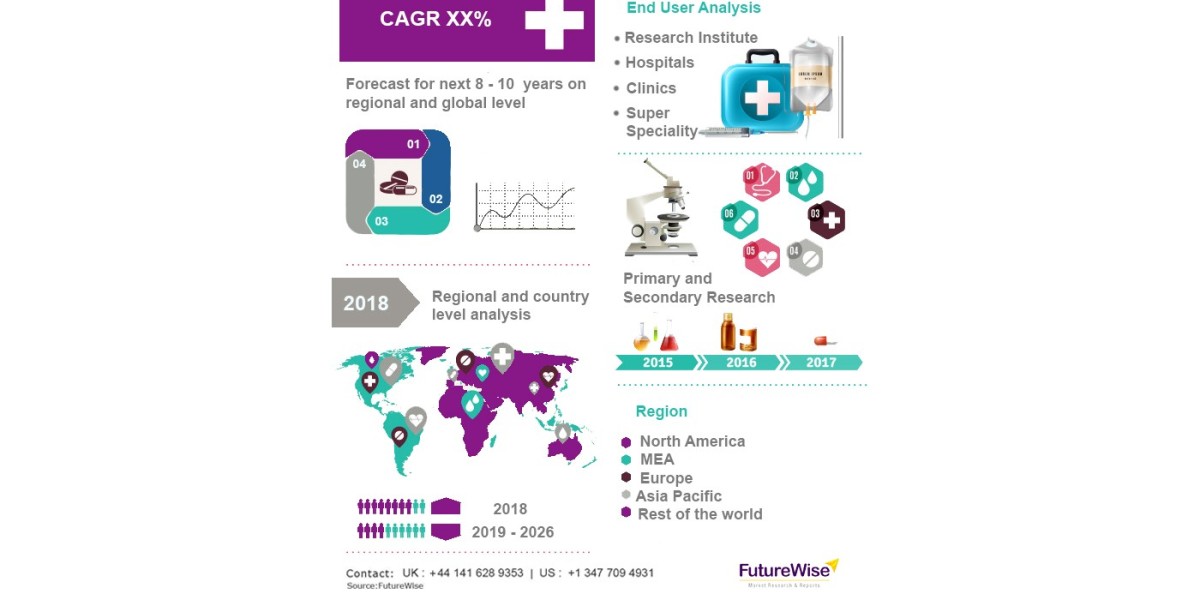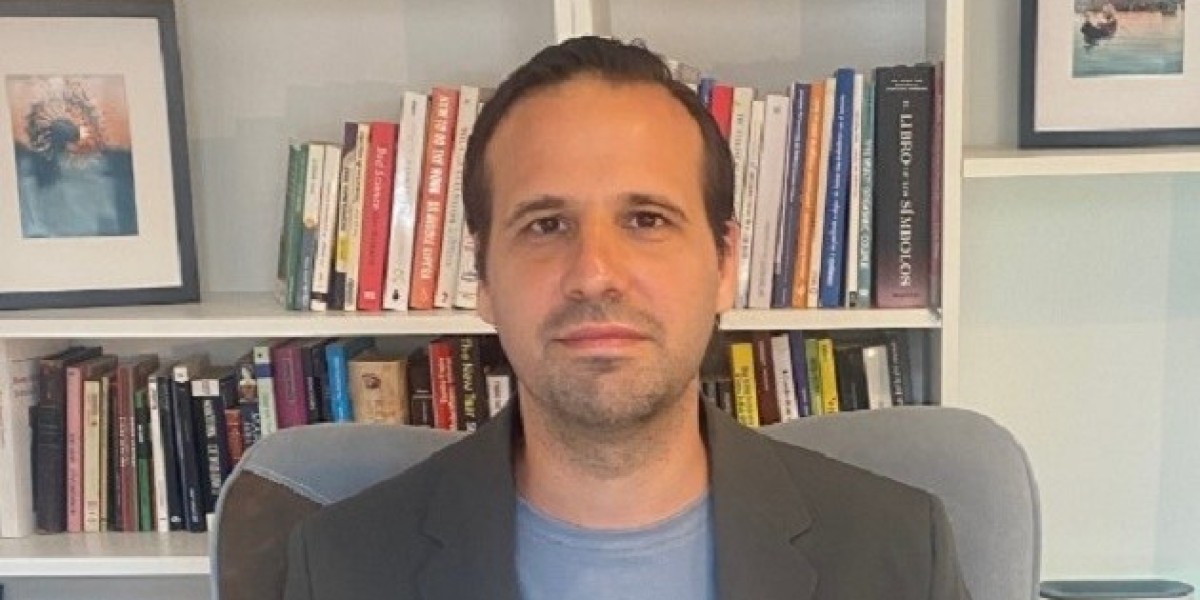The MCX option chain and the process of opening a demat account are essential topics for anyone interested in commodities trading in India. The Multi Commodity Exchange (MCX) offers a wide range of options contracts on various commodities, and understanding the MCX option chain is crucial for traders looking to engage in the market. Additionally, to trade in these options, opening a demat account is a mandatory step. In this article, we will explore how the MCX option chain works and how to easily open a demat account to get started with trading.
What is the MCX Option Chain?
The MCX option chain is a detailed table showing all available options contracts for various commodities traded on the MCX platform. It provides traders with real-time data on call and put options, strike prices, open interest, volume, and premium. By analyzing the MCX option chain, traders can make informed decisions about entering or exiting positions in commodities like gold, silver, crude oil, and more.
The MCX option chain is divided into two sides: call options (on the left) and put options (on the right), similar to stock option chains. Each row represents a different strike price, giving traders a snapshot of current market sentiment and potential price movements. Traders often use the MCX option chain to identify significant support and resistance levels in the commodities market.
How to Use the MCX Option Chain
The MCX option chain provides critical information for traders:
- Premium: This is the cost of buying an option.
- Strike Price: The price at which the underlying commodity can be bought or sold.
- Open Interest: The total number of outstanding options contracts.
- Volume: The number of contracts traded during a specific time frame.
By examining these factors, traders can gauge the demand for call or put options on a particular commodity. For instance, high open interest in a specific strike price on the MCX option chain might indicate a key support or resistance level. Traders use this data to formulate their strategies, whether they are hedging against price fluctuations or speculating on future movements.
How to Open a Demat Account
Opening a demat account is a straightforward process. Here’s a step-by-step guide:
- Choose a Brokerage Firm: Start by selecting a reliable brokerage firm or depository participant (DP) that offers demat account services. Many brokerages provide a seamless online process for opening an account.
- Complete the KYC Process: To open a demat account, you need to complete the Know Your Customer (KYC) process. This includes submitting personal details like your PAN card, Aadhaar card, address proof, and a passport-sized photograph.
- Submit Necessary Documents: Along with the KYC details, you will need to submit your bank account details and income proof (if required). This step ensures that your account is linked with your bank for easy fund transfers.
- Sign the Agreement: Once the documents are submitted, you will be asked to sign an agreement outlining the terms and conditions of the demat account. This agreement is necessary to proceed with your application.
- Verification and Approval: After completing the application process, the brokerage firm will verify your details. Once approved, your demat account will be opened, and you will receive login credentials to access your account.
The MCX option chain and a demat account are essential tools for anyone looking to trade commodities or options in India. The MCX option chain provides detailed information about market trends and potential price movements, while a demat account allows you to participate in the trading process securely. By opening a demat account and learning to analyze the MCX option chain, traders can enhance their strategies and make more informed investment decisions in the commodities market.







